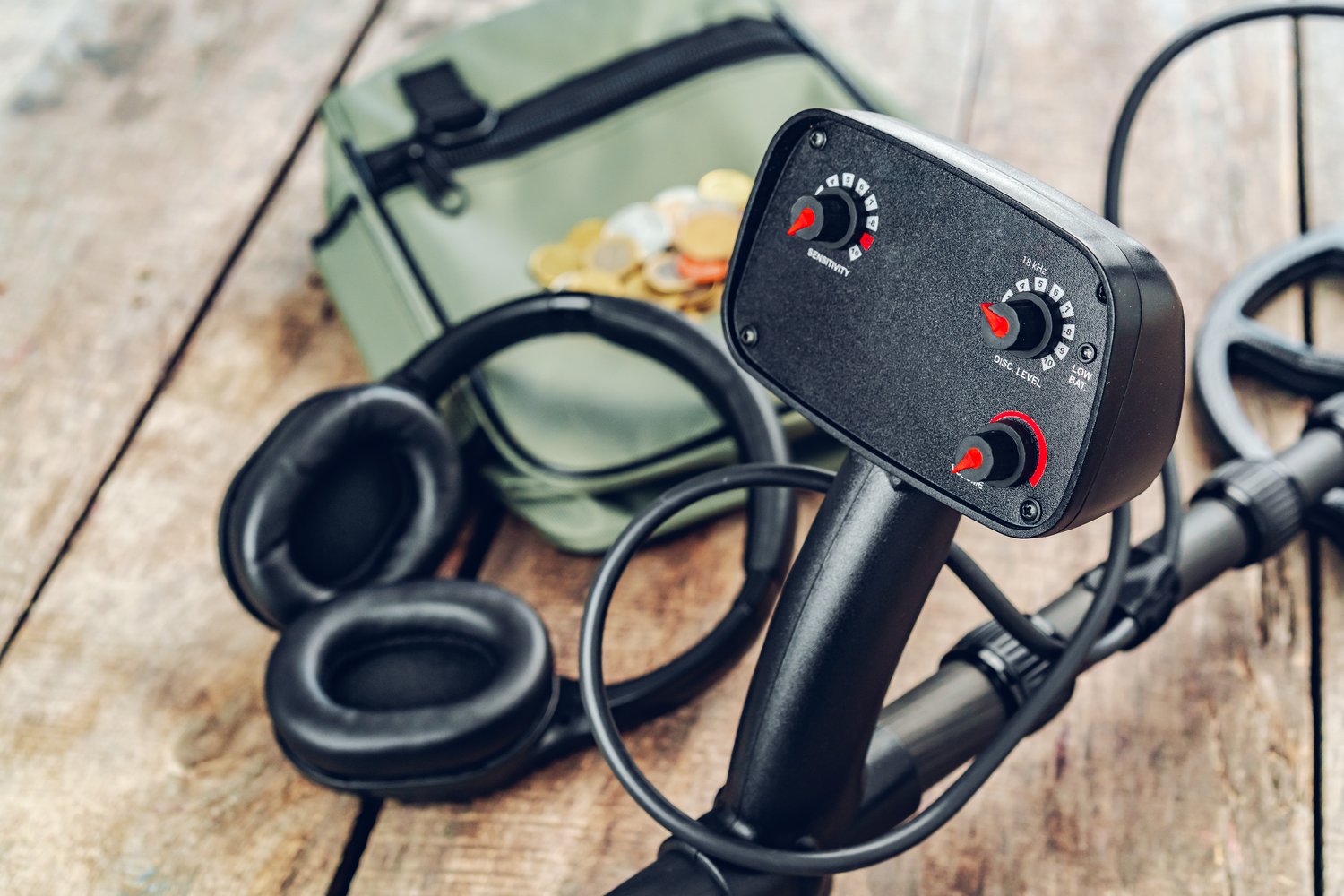Understanding Gas Tools and Their Importance
Gas tools play a crucial role in the plumbing and electrical industries. These specialized instruments are designed to work with gas systems safely and efficiently. Professional plumbers and electricians rely on Gas tools to perform various tasks, from installation to maintenance. The global market for gas tools is expected to reach $1.2 billion by 2025. This growth is driven by increasing demand in both residential and commercial sectors. Safety is paramount when working with gas, and proper tools are essential for ensuring it. Technicians must be trained in the correct use of these instruments to prevent accidents.
There are several types of gas tools available for different applications. Gas detectors, for instance, can identify leaks in pipelines and appliances. Pressure gauges help measure gas flow and pressure in systems. Gas tools https://onninen.pl/en/products/Tools-and-OHS/Gas-tools also include specialized wrenches and cutters for working with gas pipes. Many modern gas tools incorporate digital technology for improved accuracy and ease of use. These advanced tools can store data, generate reports, and even connect to smartphones for remote monitoring.
Proper maintenance of gas tools is crucial for their longevity and reliability. Regular calibration ensures that measurements remain accurate over time. Cleaning and inspecting tools after each use can prevent damage and extend their lifespan. Many manufacturers offer warranties and service plans for their gas tools. It’s important to store gas tools in a dry, clean environment to protect them from corrosion and damage.
Essential Tools and OHS for Gas Work
When working with gas systems, having the right tools and ohs (Occupational Health and Safety) equipment is essential. A basic toolkit for gas work should include pipe wrenches, adjustable spanners, and pipe cutters. Gas-specific tools like flaring tools and tube benders are also necessary for many tasks. Safety equipment such as gas detectors, fire extinguishers, and personal protective gear are non-negotiable. In 2020, the global market for safety equipment in the gas industry was valued at $3.5 billion.
Proper training in the use of tools and ohs https://onninen.pl/en/products/Tools-and-OHS equipment is crucial for worker safety. Many countries require certification for professionals working with gas systems. This certification often includes training on tool use and safety procedures. Regular safety audits and equipment checks are standard practice in the industry. These measures help ensure that all tools and safety equipment are in good working condition.
Investing in high-quality tools and safety equipment can save money in the long run. Durable tools last longer and perform more reliably, reducing downtime and replacement costs. Advanced safety equipment can prevent accidents, potentially saving lives and avoiding costly legal issues. Many companies offer tool and equipment rental services for occasional users. This option can be cost-effective for smaller businesses or independent contractors.
Specialized Gas Setting Tools for Precision Work
Gas setting tools are specialized instruments used for precise adjustments in gas systems. These tools are essential for setting gas pressures, flow rates, and other critical parameters. Common gas setting tools include manometers, flow meters, and pressure regulators. The global market for precision measuring instruments, including gas setting tools, is projected to reach $32.3 billion by 2026.
Digital gas setting tools offer enhanced accuracy and ease of use. Many of these tools can interface with computers for data logging and analysis. Gas setting tools https://onninen.pl/en/products/Tools-and-OHS/Gas-tools/Gas-setting-tools are often calibrated to specific gas types and pressure ranges. It’s important to choose the right tool for the job to ensure accurate readings and adjustments. Some gas setting tools are designed for specific applications, such as boiler tuning or gas meter calibration.
Proper maintenance of gas setting tools is crucial for their accuracy and reliability. Regular calibration, typically annually, is necessary to ensure precise measurements. Many manufacturers offer calibration services for their gas setting tools. It’s important to keep detailed records of calibration and maintenance for quality assurance purposes. Some advanced gas setting tools have self-diagnostic features that can alert users to potential issues or calibration needs.
The Role of Gas Sticks in Safety and Efficiency
Gas sticks, also known as gas probes or sampling tubes, are essential tools for gas detection and sampling. These devices allow technicians to safely sample gas from hard-to-reach areas or confined spaces. Gas sticks come in various lengths, typically ranging from 30 cm to 3 meters. They are often used in conjunction with gas detectors to identify leaks or measure gas concentrations.
The design of gas sticks https://onninen.pl/en/products/Tools-and-OHS/Gas-tools/Gas-sticks can vary depending on their specific application. Some are flexible for navigating tight spaces, while others are rigid for stability. Many gas sticks feature quick-connect fittings for easy attachment to gas detectors. Advanced gas sticks may include built-in filters to prevent contamination of the sampling equipment. It’s important to choose gas sticks made from materials compatible with the gases being sampled.
Proper use of gas sticks can significantly improve safety in gas-related work. They allow technicians to detect leaks or measure gas levels without entering potentially dangerous areas. Training in the correct use of gas sticks is essential for accurate and safe operation. Regular inspection and maintenance of gas sticks ensure their reliability and longevity. Some manufacturers offer custom gas stick solutions for specific industry needs or unique applications.





